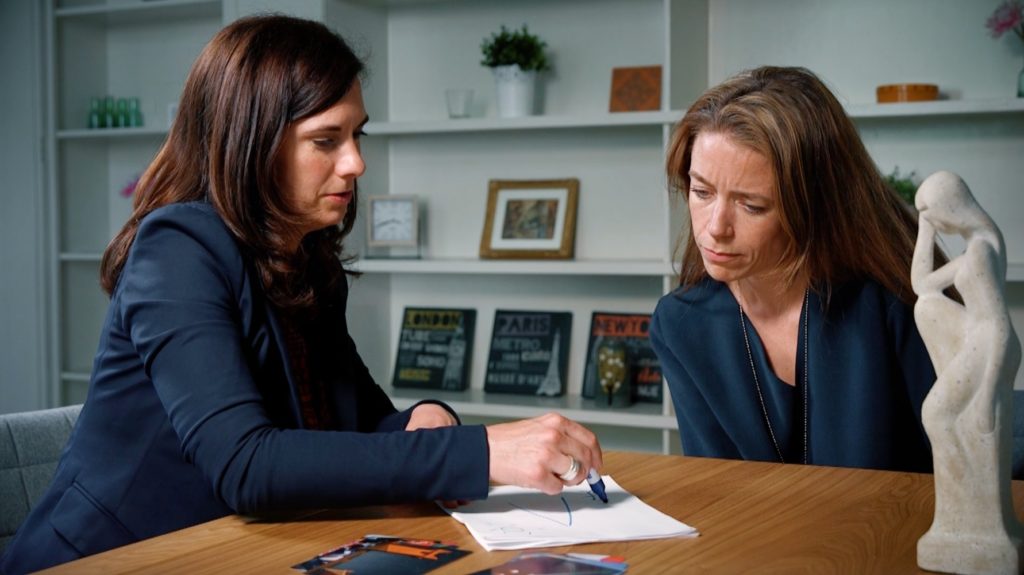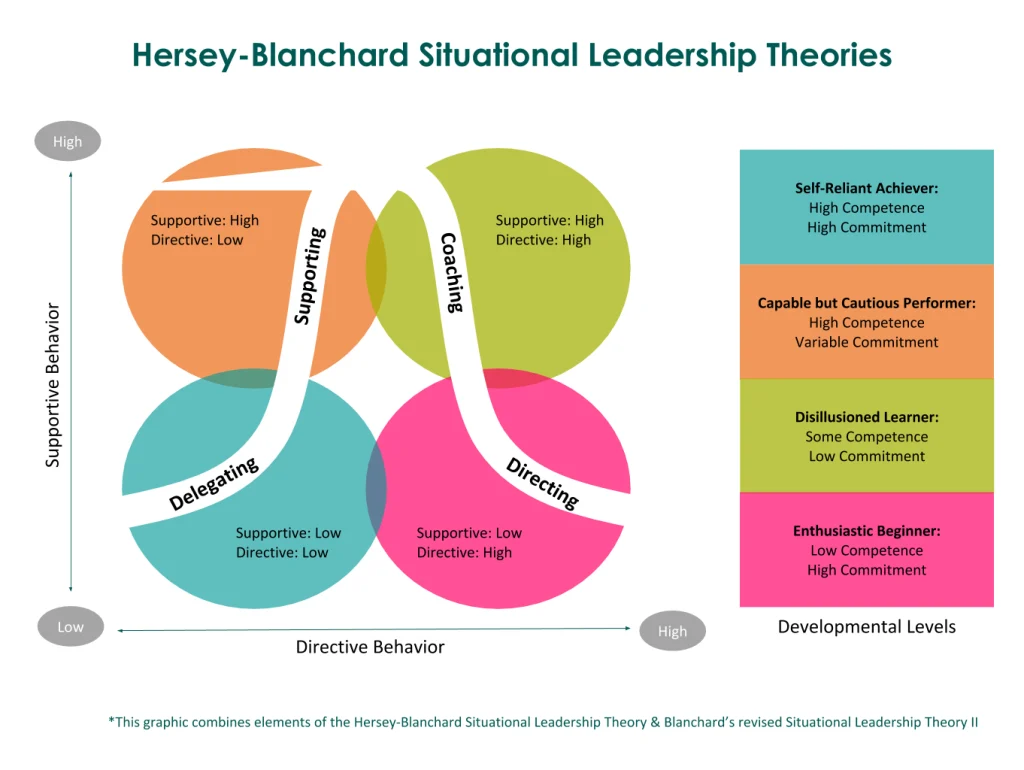
About peak performance and mindset, impartial feedback, learning to listen better and the value of learning to coach yourself. In this blog, I explain the added value of coaching for an executive.
Hiring a coach as an executive is not hiring someone to take over your organization or tell you how to run your business.
It’s much more businesslike than that.
The right coach fully empowers the executive to take the business to the next level through coaching through their personal development.
What can a coach do for an executive?

1. It is helpful to learn from someone who has know-how in psychology, relational skills and who can mirror behavior and impact.
As an executive, you are a top athlete. In top-level sports, the technical story is often no longer the issue; it’s much more about mindset, understanding your own obstacles and resources. How to break through your own personal glass ceiling.
Entering into a coaching program ensures that you receive unbiased feedback, supported by psychological insights. You are given tools to engage in new behaviors and experiences by taking on what lies outside your comfort zone as an executive.
The right coach mirrors your behavior in the here-and-now. The relationship is used as a sounding board to gain insight into your intended and unintended impact as an executive. With this insight you can choose how you want to enlarge and enrich your behavioral palette.

2. Working with a coach who holds you accountable to your goals
Your coach knows the distractions, saboteurs and obstacles that try to distract you from your goal or goals. Change is difficult. We are biologically creatures of habit and like to maintain control and oversight. In this, our comfort zone is leading: in familiar territory, we feel strongest. But if you keep doing what you did, you will get what you got. On your own, you will remain stuck in the same behavioral patterns.
Change simply involves growing pains and a certain amount of irritation. A burden must first be experienced in order to want to change. Your coach is there to encourage you to stick to your intentions. In any coaching process, you will encounter yourself and there will be a time when you need that stick to persevere. Hard on substance, soft on relationship.
3. A coach makes themselves redundant by building a support system
The influence an executive has on the people he or she meets or works with is particularly strong. This is because of its position in the system. Often people look up to the executive and mirror the behavior and take it as an example. Because the executive has examined their own shadow sides and sun sides of the personality, it can be one to be a healthy-opposite to others. By this I am trying to say that coaching has a much wider reach than just for the executive himself. Impact cannot be underestimated when leading a company.
If all goes well, the environment is going to notice a change in the executive’s behavior, both at home and at work. This means that the coaching program is paying off and truly different behaviors are being implemented.
The executive’s impact is changing and it is noticeable by those around him. The coach encourages the support system to expand so that eventually the coach becomes redundant. The environment is made complicit in the longer-term goals. With two benefits: It creates the executive’s own stick, a sounding board and regular feedback. It’s a reminder that you don’t have to do it all alone.
4. Coaching is an indispensable leadership skill
Activating the self-solving and self-directing ability in others is an indispensable skill as a leader.
Over the years, being an executive coach and having had the privilege to facilitate many leadership programs, I have noticed that executives find it difficult to coach.
Situational leadership by Hersey & Blanchard
In the model of situational leadership, by Hersey & Blanchard you can situationally deploy a different leadership style. The model helps to assess which style best suits the situation. It can be about managing a team, department or an individual.
There are four phases:

Phase 1. Directing
If the task is new or the person has just started the job, then phase 1. Then you don’t ask “what do you think?
Phase 2. Guiding
When someone is already more familiar with the content, you can switch to guiding. Then you set the frameworks and keep your finger on the pulse.
Phase 3. Coaching
Is someone already fully initiated and you can expect this professional to be able to perform the task completely independently. You notice a blockage. This can mean two things: motivation or courage. By asking powerful questions, listening well at different levels and being able to mirror the other person, you can empower them more.
Phase 4. Delegate
In this phase, the other person accomplishes the task in his or her own way and understanding.
Download a leaflet on listening to 3 different levels of communication here. With this exercise you can train yourself to listen differently to people and learn to ask powerful questions.
Phase 3 Coaching is often perceived as the most difficult phase. It is often seen as something that takes extra time (in the end it doesn’t), which requires empathy and patience to eventually guide the other person to find their own solutions. It is a skill, a craft that anno nowadays is an indispensable leadership skill. And what better way to learn this than by first being coached yourself and experiencing what it is like to get new insights, perspectives, feedback and to be motivated to go outside your comfort zone.
Are you ready to take your organization to the next level?

